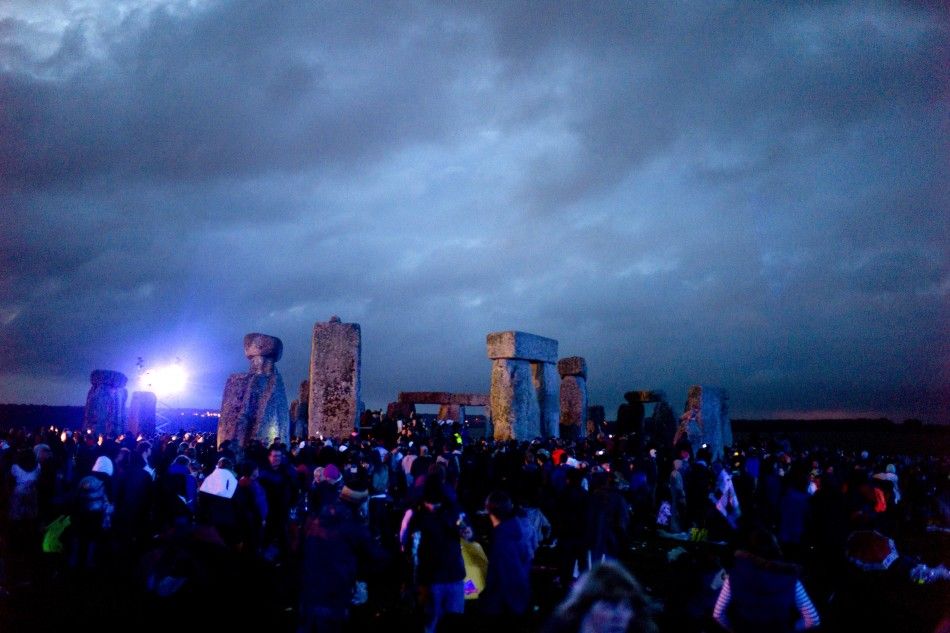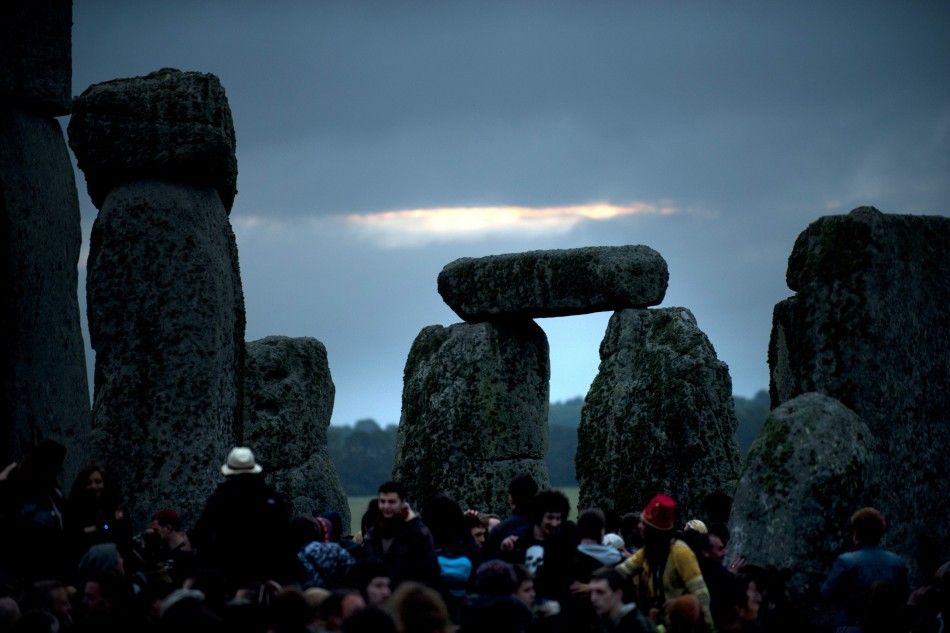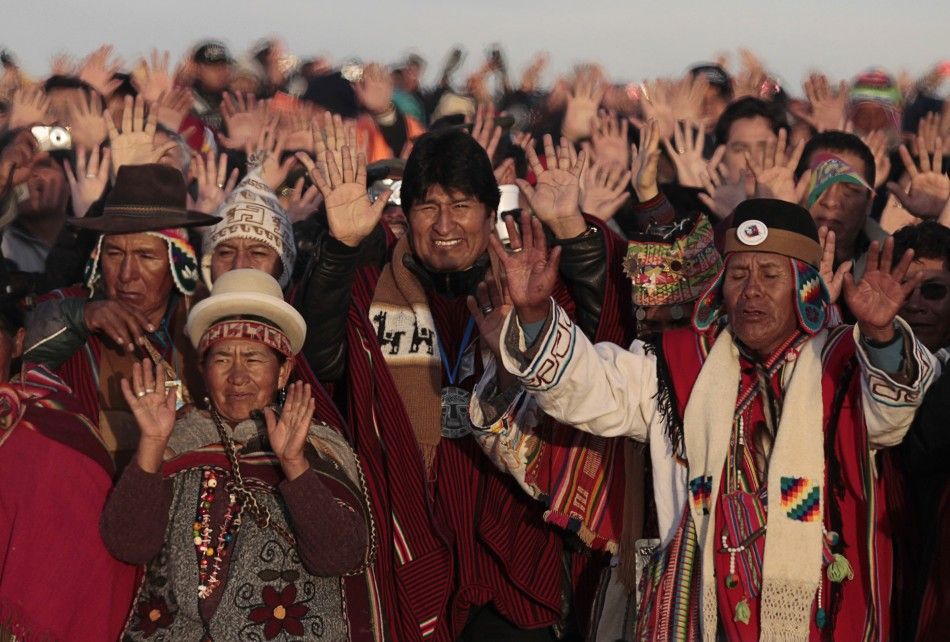Summer Solstice & Winter Solstice 2011 Celebrations Worldwide (PHOTOS)
The Summer Solstice 2011, the longest day of the year and also the official beginning of the summer season, officially arrived on Tuesday, June 21.
Typically the summer solstice is the day of the year with the longest daylight hours except in the polar regions, where daylight is continuous for many months during the spring and summer.
The Summer Solstice, also referred as “Midsummer”, occurs exactly when Earth’s axial tilt is most inclined towards the Sun at its maximum of 23° 26'. This is the time when the Sun is at its highest, or most northerly, point in the sky in the Northern Hemisphere.
Depending on the shift of the calendar, the summer solstice occurs between December 21 and December 22 each year in the Southern Hemisphere, and between June 20 and June 21 in the Northern Hemisphere. However, for those in the southern hemisphere Tuesday marked the the winter solstice.
The word Solstice is derived from Latin ‘sol’ which means sun and ‘sistere’ which means to cause to stand still because at the solstices, the Sun stands still in declination that is, the apparent movement of the Sun's path north or south comes to a stop before reversing direction.
For many Christian communities, summer solstice marks the festival of St. John the Baptist.
As per some Pagan beliefs, this point of the year marks the marriage of God and Goddess and a celebration of growth and life.
Bonfires and feasts, replete with pre-Christian libations and cured meats, are common in the celebrations of both traditions.
Here's a look at some of the unique celebrations around the world:







© Copyright IBTimes 2024. All rights reserved.











